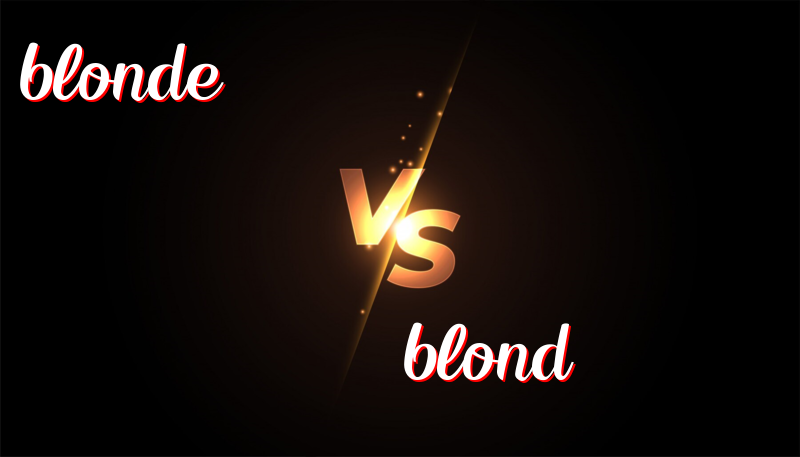Blonde vs. Blond: Simple Differences and Easy Tips
September 22, 2024
Blonde vs. Blond
The words “blonde” and “blond” both mean light yellow hair. But, they look a little different. Why? Let’s find out.
History
The words come from the French word “blond.” In French, they used “blond” for men and “blonde” for women.
How to Use Them
In English, we also use “blond” and “blonde” like in French. “Blond” is for men and “blonde” is for women.
Blonde
- She has blonde hair.
- My friend is a blonde girl.
- The blonde woman smiled.
- Sally is a blonde.
- Her blonde curls are pretty.
Blond
- He has blond hair.
- My brother is a blond boy.
- The blond man is tall.
- Jack is a blond.
- His blond beard is short.
Trick to Remember the Difference
Here is an easy way to remember: “Blond” (with no “e”) is for men, and “Blonde” (with an “e”) is for women.
Summary
“Blond” and “blonde” both mean light yellow hair, but “blond” is for men, and “blonde” is for women. “Blond” is used for boys and men, while “blonde” is for girls and women.

Leave a Reply
You must be logged in to post a comment.